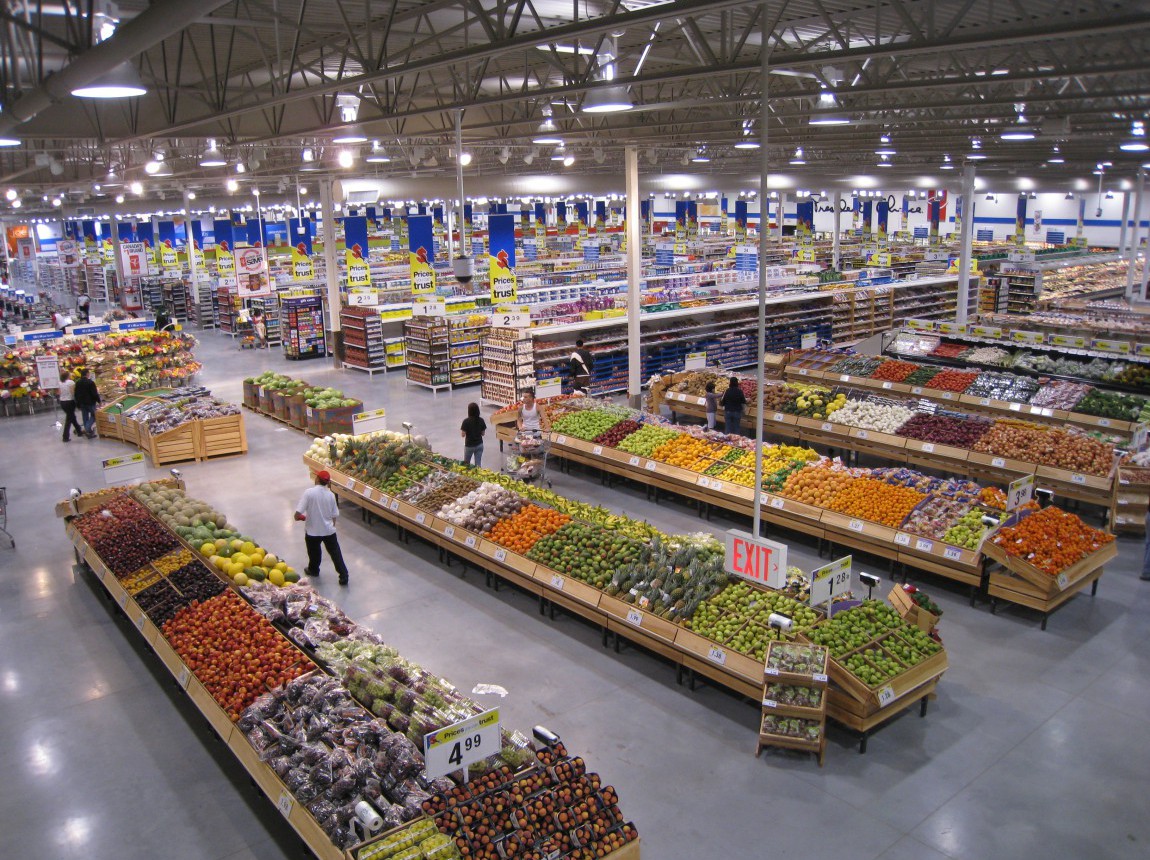Related

Apr 17,2014
Public Bus Procurement & Big-Box Stores
by
Brandon Fuller

Jun 26,2013
UP Links 26 June 2013
by
Brandon Fuller
I recently received an email with a link to a sneak preview of The New Yorker’s January 2013 article on the challenge of climate change adaptation in a city like New York. The piece is written by a fine NYU Sociologist named Eric Klinenberg. His book, Heat Wave, about heat-related deaths in 1990s era Chicago was very good, elevating him to the status of disaster guru.
Like many piece’s from The New Yorker, his is filled with “human interest” subject profiles. Columbia’s Klaus Jacob receives a long profile. Klinenberg then goes on at great length about the crucial role that social networks will play in helping us to adapt to climate change. I certainly agree that access to trusted information is a decentralized strategy for coping with new news.
The most interesting part of his article relates to his claim that the cell phone network is fragile and can be knocked out in crisis. Given the key role that trusted information plays in allowing us to adapt to challenges, this is an important point. The Federal Government and FEMA should think about how to have an emergency broadcasting system so that households can be certain to be able to access key information during a crisis. In Gotham, the Mayor knew how to contact Batman using that beam of light. Our engineers must be able to think of something similar?
To Klinenberg’s credit, there is a fair bit of individual choice and behavioral change at the heart of his optimism about adaptation. As a sociologist, he focuses on social capital as the key adaptation strategy. He writes about the Chicago neighborhood that suffered less deaths in the 1995 Heat Wave than its adjacent neighborhood:
So, if we avoid “bowling alone,” we can adapt to climate change. I would amend this statement to say that there are many strategies for adapting to climate change including migration, innovation, access to government information, and social networks. This portfolio of strategies together helps us to cope with the new normal. The key here is updating the probabilities in our heads about the new risks we face. Armed with these updated probabilities, risk averse people will seek out new coping strategies that may include talking to neighbors, putting your house on stilts, or moving to higher ground.
Again and again in his piece, he places government as the key actor in charge of protecting us. I would guess this is because he has a Rawlsian focus and is mainly concerned how the urban poor will adapt to climate change. He knows that Don Trump can fly his helicopter to higher ground.
Governments tend to care about physical places while people are focused on themselves. Klinenberg does not discuss whether private sector incentives and zoning should be used to reduce the population density in areas at increasing risk due to climate change.
Consider the Manhattan Subway. Built in the 20th century, I’m sure that the engineers would built it differently now if they could have a do-over. Would Klinenberg support a multi-billion dollar investment in climate proofing this infrastructure? As a sociologist, how would he evaluate whether this would be a good investment of local tax payer dollars?
While Hurricane Sandy was quite a shock, Manhattan appears to be back on its feet just 2 months after the event. What does that say about resilience? The next shock will cause less damage because people will have learned many lessons from Sandy. To quote The Who, “We won’t be fooled again.”
Cross posted with modifications from the Environmental and Urban Economics blog.
Please fill out the information below to receive our e-newsletter(s).
*Indicates required.